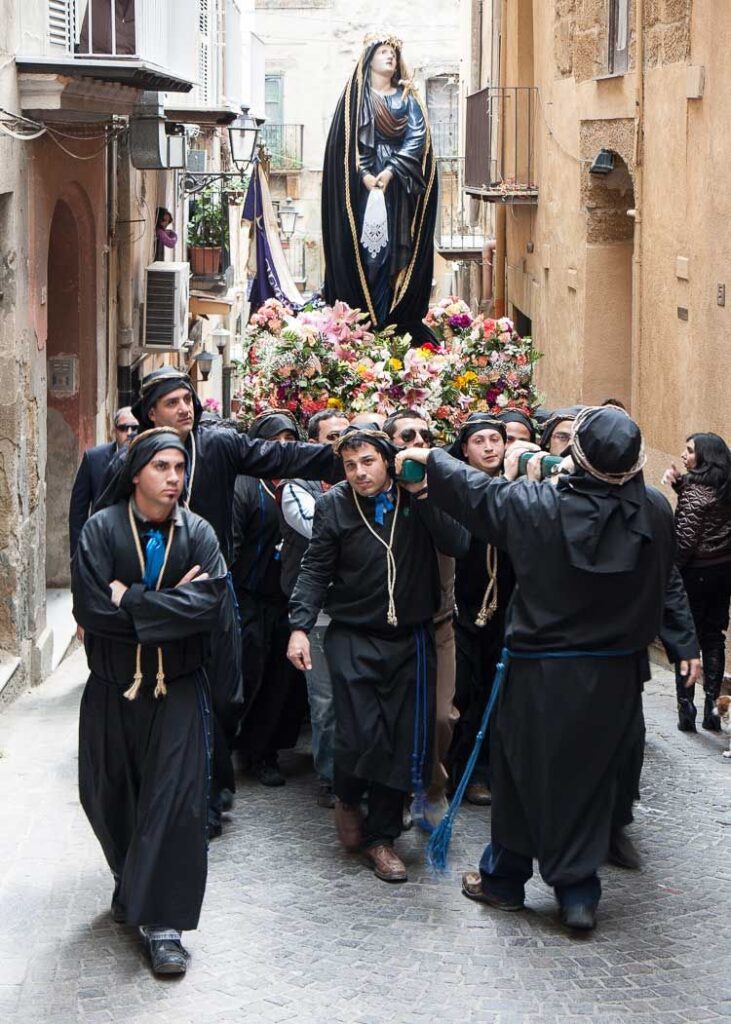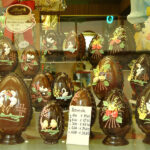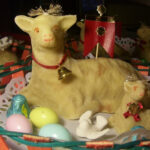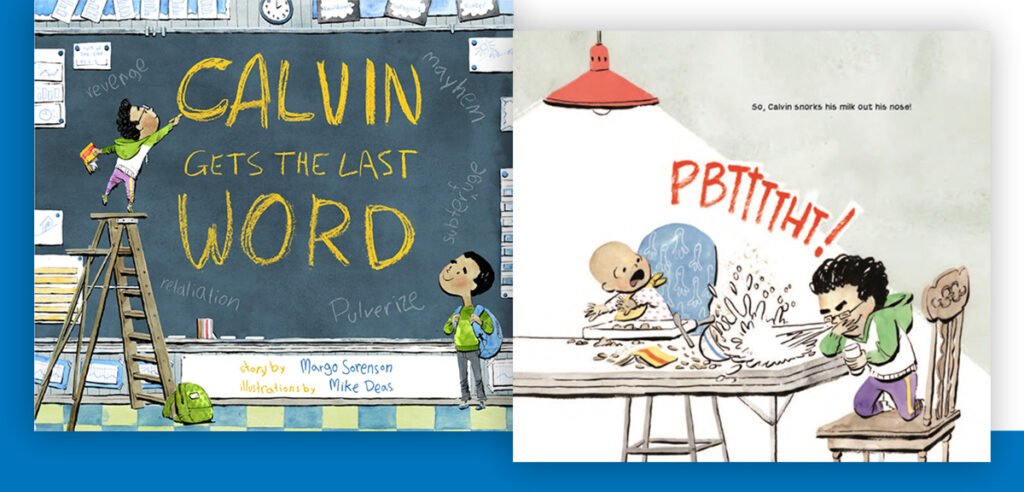
By Margo Sorenson, an Author of over thirty traditionally-published books for young readers
We never know where our childhood experiences will lead us! We may think we’ve left our childhoods behind when we get our driver’s licenses, graduate university, earn our first paychecks, raise a family, and so on. At least, that’s what I thought—but I was wrong–very wrong. 😊 As an author of thirty traditionally-published children’s books and a retired teacher, I am astounded at how my upbringing in Spain and Italy affected both my choices of professions and also how I operate within them.
My early childhood in Madrid, Napoli, and Bari shaped the way I see the world in incalculable ways, and if you grew up in countries that were not your passport countries, you know exactly what I mean. My formative years in Italy were especially important, and, reflecting back, I can see clearly how Italian culture has influenced so much of how I see the world and how I deal with it.
First, as I experienced as a young child, Italians are warm and welcoming, yet, also are careful to be courteous and polite. This helped me as a teacher to not only try to be receptive to students, but also to respect their individuality. I like to think that growing up in other cultures helps to make one more understanding and empathetic. Dealing politely with others is always important, but it is critical in a different culture. We never know how our actions and words may be judged, so it’s important to be “low-key” and aware. This is not to say that as a teacher I was a pushover 😉, but my desire to treat others respectfully was a strong guideline for me. As you may guess, being an effective teacher requires channeling both Robin Williams and Attila the Hun at the same time—but always beginning with respect.
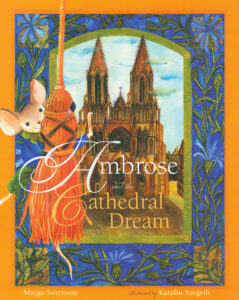
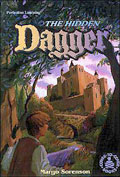
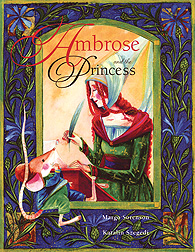
The other way my Italian childhood influenced me was that it caused me to be open to all sorts of experiences—from meeting people to enjoying opera to appreciating art and architecture and respecting history and heritage. Growing up seeing castles almost on a daily basis certainly guided me to choose medieval history as my university major. All these experiences also shaped my writing career, because they inspired me to write many different kinds of books. From celebrating different cultures (ALOHA FOR CAROL ANN, LITTLE CALABASH) to history, (THE HIDDEN DAGGER, AMBROSE AND THE CATHEDRAL DREAM, AMBROSE AND THE PRINCESS—which won the Catholic Press Design Award), to, of course, highlighting my love for Italy and all things Italian (SECRETS IN TRANSLATION, SPAGHETTI SMILES, FUNNY MAN), my upbringing made it second nature to want to explore and share the joy of different experiences with young readers. Living in Spain and Italy broadened my horizons immeasurably and expanded my understanding of and respect for many different kinds of cultures. I wanted to try to be able to show that to young readers, so they could “take a journey in their heads” to different lands, meet inspirational and unusual people, and enjoy those different experiences, as well.
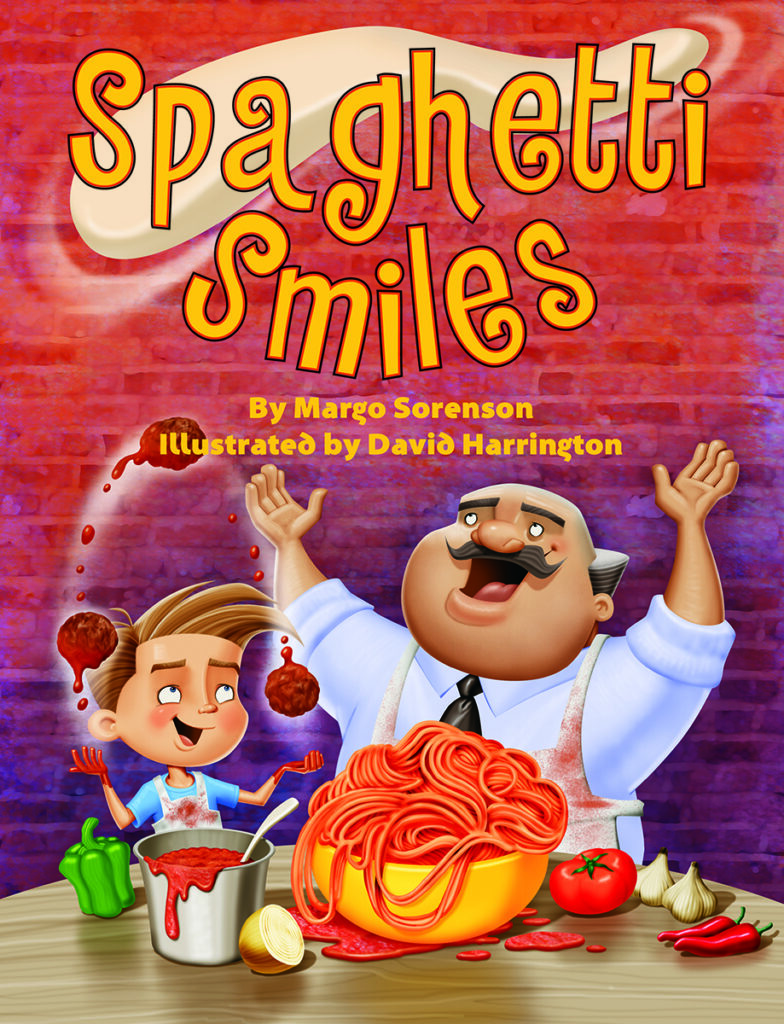

We never know where life’s journeys will take us, and looking back on a special childhood, I know that I was blessed to experience all that I did. All of those varied, beautiful threads of experience have helped create a special tapestry in my life. I am more than grateful to la bella Italia and our wonderful Italian friends for helping to influence my life in the direction it has taken, both as a teacher and as an author.
New York Times-featured author of over thirty traditionally-published books for young readers and National Milken Educator Award winner Margo Sorenson spent the first seven years of her life in Spain and Italy, devouring books and Italian food and still speaks (or tries!) her childhood languages. Her most recent Adult/Young Adult novel, SECRETS IN TRANSLATION (Fitzroy Books, October 2018), takes place in Positano. For more information on where to find or order any of Margo’s books, please visit www.margosorenson.com


